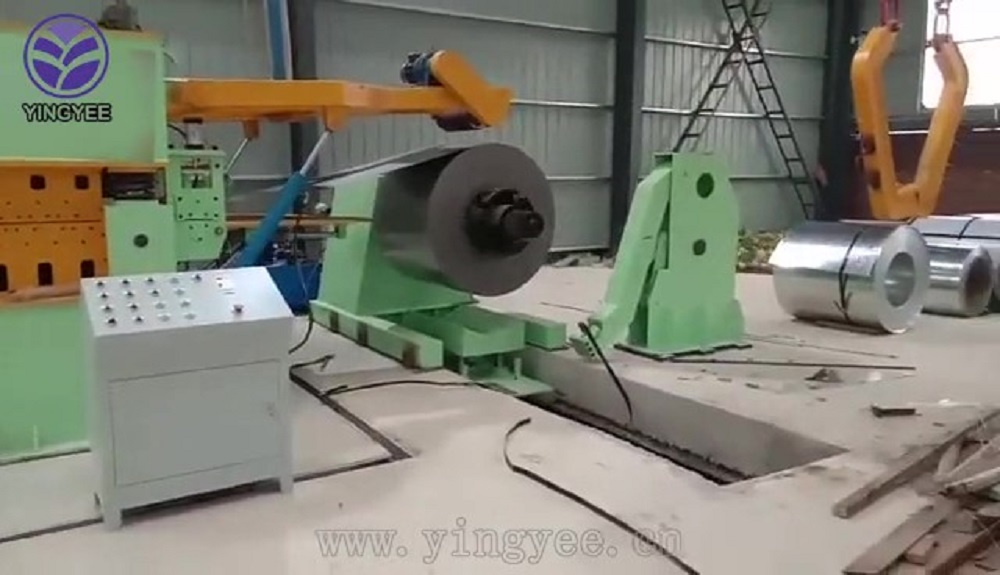
Cold Roll Forming Machinery An Overview
Cold roll forming machinery represents a critical component in the manufacturing sector, enabling the production of various metal products with extraordinary precision. This process involves the continuous bending of metal sheets into desired shapes by passing them through a series of rollers. Unlike traditional die casting methods, cold roll forming is performed at room temperature, which enhances the strength and durability of the formed products.
Principles of Cold Roll Forming
The fundamental principle of cold roll forming lies in the gradual deformation of metal sheets as they are fed through a series of profiling rollers. Each roller adds a specific bend or shape, allowing the metal to take on complex geometries while maintaining tight tolerances. The process is especially efficient for high-volume production runs, where consistent quality and uniformity are paramount.
Cold roll forming machinery typically includes several key components such as entry guides, forming stands, cutting stations, and sometimes camber controls. The entry guides ensure that the metal sheet is aligned properly as it enters the forming stations. The forming stands house multiple rollers that shape the metal progressively. Depending on the complexity of the design, there may be several stands integrated into the system, refining the profile with each pass.
Advantages of Cold Roll Forming
There are numerous advantages associated with cold roll forming that make it an attractive option for manufacturers. One significant benefit is the ability to produce parts with superior surface finishes. Since shaping occurs at lower temperatures, the likelihood of oxidation and surface blemishes is considerably reduced. This is particularly important in industries where aesthetics and surface quality play a critical role, such as automotive and architectural applications.
Another key advantage is the material efficiency offered by cold roll forming. The process generates minimal waste, as the metal is typically shaped from a continuous strip rather than cut from larger sheets. This efficiency translates into cost savings, making it an appealing option for companies looking to reduce production costs while maintaining high-quality output.

Additionally, cold roll forming can accommodate a wide range of materials, including structural steel, stainless steel, aluminum, and brass. This versatility allows manufacturers to choose the most suitable material for their applications without sacrificing performance.
Applications Across Industries
The applications of cold roll forming are diverse, spanning multiple industries. In the construction sector, roll-formed products are used extensively for structural components like beams and columns. These components provide enhanced strength and support for buildings and infrastructure.
In the automotive industry, cold-formed parts such as chassis components, brackets, and frames are critical for vehicle assembly. The lightweight yet sturdy nature of these components contributes to improving fuel efficiency and safety standards.
Other notable applications include manufacturing furniture, storage systems, and electrical enclosures. The ability to customize shapes and sizes makes cold roll forming an ideal solution for producing bespoke components tailored to specific needs.
Future Trends in Cold Roll Forming
As technology advances, the future of cold roll forming machinery is poised for significant growth and improvement. Innovations in automation and precision control systems are likely to enhance efficiency and reduce cycle times, enabling manufacturers to respond swiftly to changing demands. Furthermore, the integration of Industry 4.0 concepts, such as IoT and data analytics, can facilitate predictive maintenance and real-time monitoring, ensuring optimal operation.
In conclusion, cold roll forming machinery plays a vital role in modern manufacturing, providing a reliable and efficient method to produce high-quality, complex metal components. With its numerous advantages and versatile applications, this technology will continue to thrive and adapt to evolving industry needs. As manufacturers seek more sustainable and efficient production methods, cold roll forming stands out as a key contributor to future advancements.